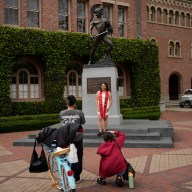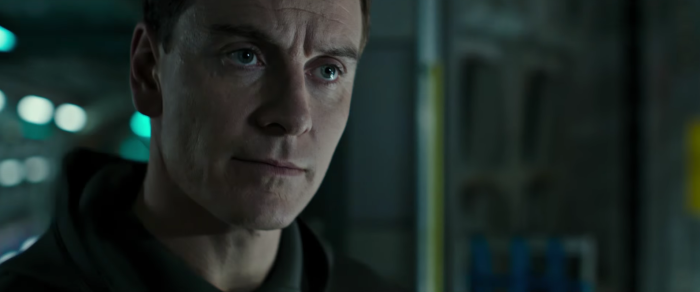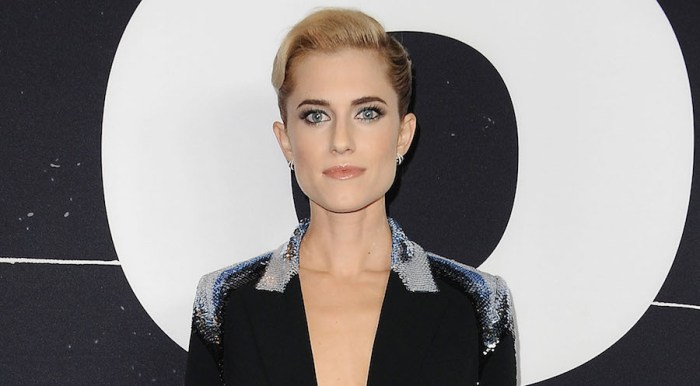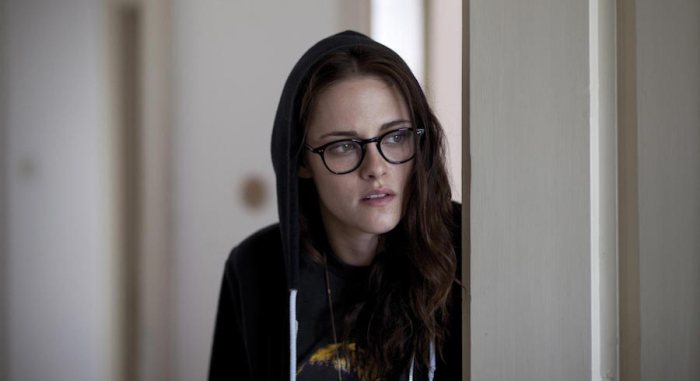Christopher Nolan’s films are all about plot and the labyrinthine mechanics of the story. One the other hand, he’s one of a handful of directors still shooting on actual film, whereas most have succumbed to the digital revolution. Timothy and Stephen Quay, aka either the Quay brothers or the “Brothers Quay” — the identical twins best known for stop-motion animation films but also makers of operas and other art works — were forced to abandon film themselves long ago, but some of their best, older films benefit greatly from the tactile texture of projected celluloid. That makes the three filmmakers brethren, and Nolan an only slightly outside-the-box person to have made “Quay,” a new short (about 10 minutes) profile of artists who tend to like their work speak for themselves. Granted, Quay films don’t tend to speak in words. Even their films’ titles are usually written in ornate and sometimes illegible calligraphy. Unlike most who thrive in animation, Quay movies aren’t about stories, which tend to be inscrutable at best. They’re about mood and a sense of place — spaces that have been created, usually from antiques: broken dolls, baby heads with open scalps, dusty glass eyes, trinkets found caked in dust. They repurpose objects, usually made by anonymous and long-forgotten creators, and give them new, haunting and often moving life in landscapes made of grime and decay — cul-de-sacs that have long been forgotten by man and history. RELATED: Full Main Slate for the New York Film Festival announced: “Steve Jobs,” “Carol,” etc. “Quay” is even shorter than most Quay shorts, which is fitting as too much explanation may ruin their mystique. They ruminate — deeply, but through warm, humanizing smiles and chuckles — on the inspiration of their craft, and especially on their most fascinating ethos: that what they achieve for is never perfection or precision. Their films have the freedom to explore invented, mysterious spaces, the movement of their objects — from puppets to sentient screws twisting in and out of wood planks — enter a dance with the music, usually avant-garde, filled with piercing strings or, in the case of 2000’s “In Absentia,” what was a new work from electronic music pioneer Karlheinz Stockhausen. In shooting them and the knickknacks that fill their cluttered European studio apartment, Nolan aims for a rough approximation of the Quay style, respecting the dark even when Stephen and Timothy open the drapes. “Quay” is being toured around the country along with three of the subjects’ key short films, all of them projected on glorious, scratchy 35mm. Their most famous work is still “Street of Crocodiles,” the 1986 short that takes a Bruno Schulz short story and goes off in its own direction. (Adaptations, with the Quays, tend to be better classified as inspirations.) An old puppet — his white hair brushed back, a vaguely traumatized look frozen on his face — finds new life in a mysterious room populated by figures touting the Quays’ signature creepy, caved-in doll heads. “The Comb,” from 1990, also being shown, is a little brighter, with a more infantine puppet wandering a realm painted in a crimson red. “In Absentia” is sometimes almost black-and-white, though more often dark blue with harsh blacks — a harsh realm, punctuated by a piercing Stockhausen score, that gets in the mind of a woman who was confined to an asylum. They’re each places in which to get lost, and all the more vivid thanks to being on film. “The Quay Brothers — on 35mm” plays at Film Forum in New York City from August 19 through August 25.
Christopher Nolan made a short doc about animation legends with ‘Quay’
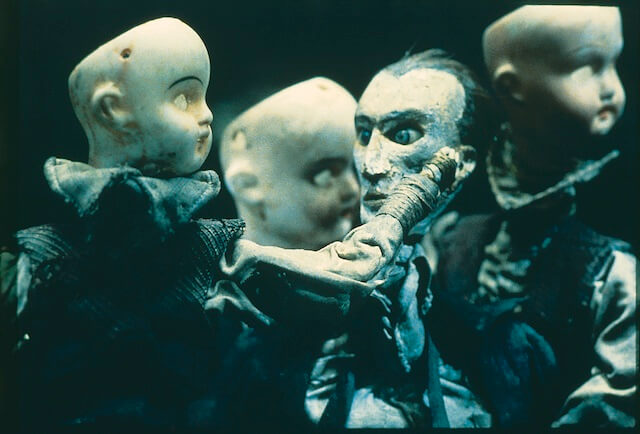
Zeitgeist Films
Follow Matt Prigge on Twitter @mattprigge










